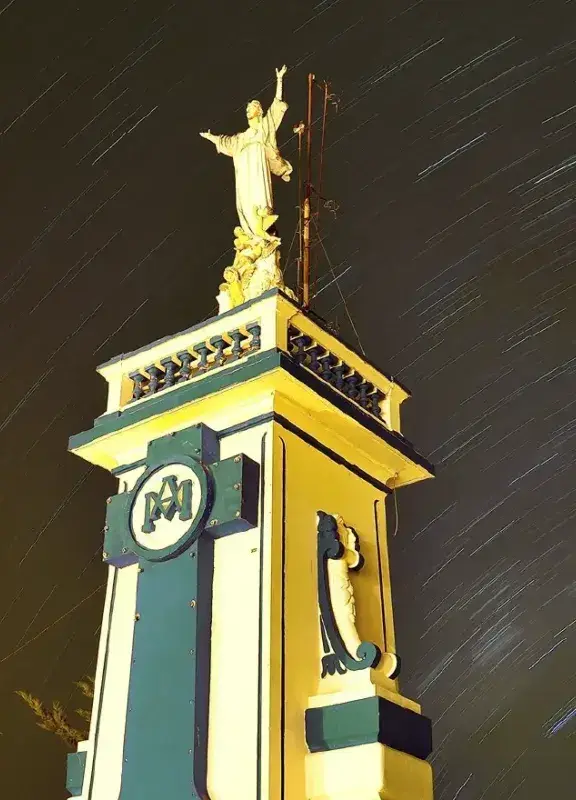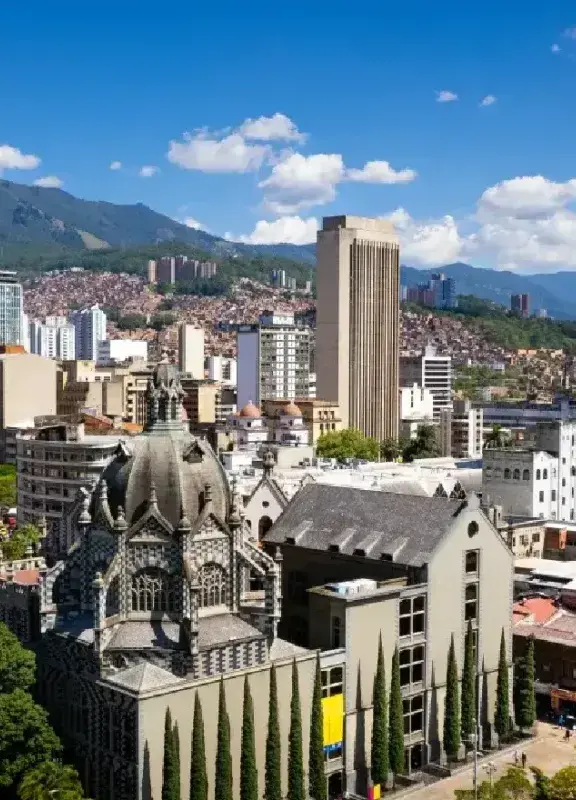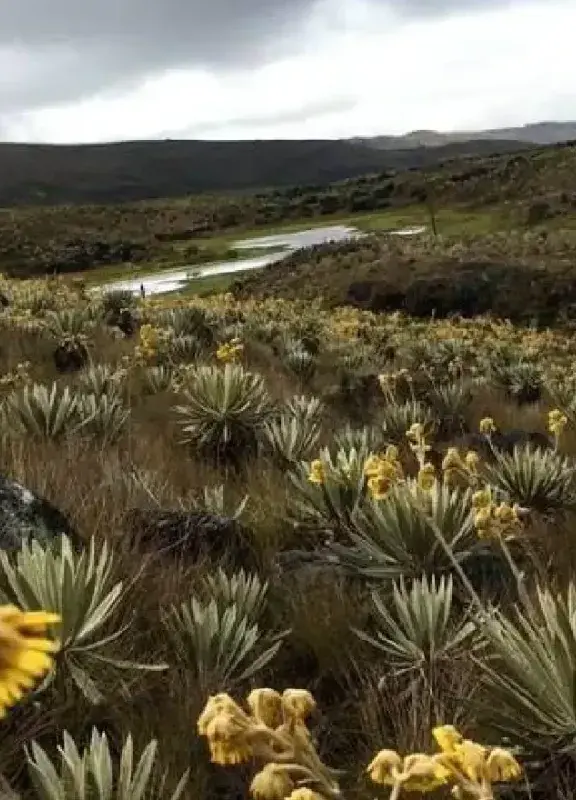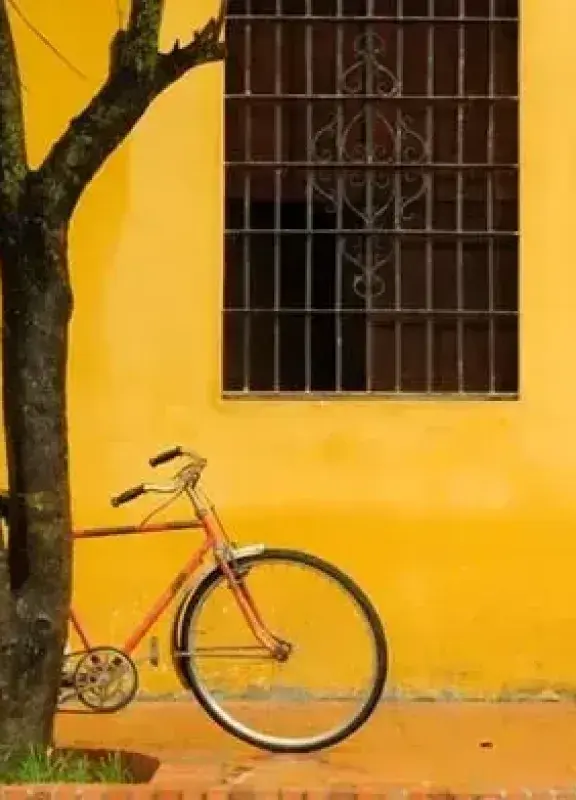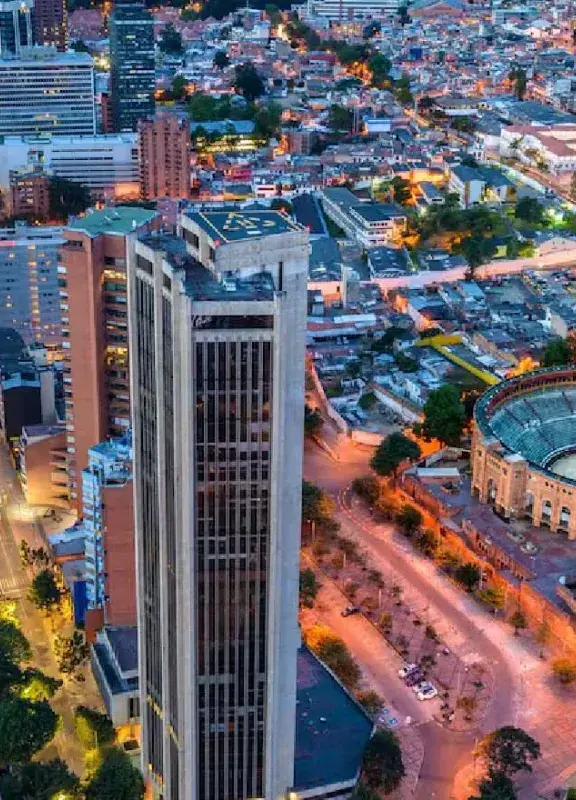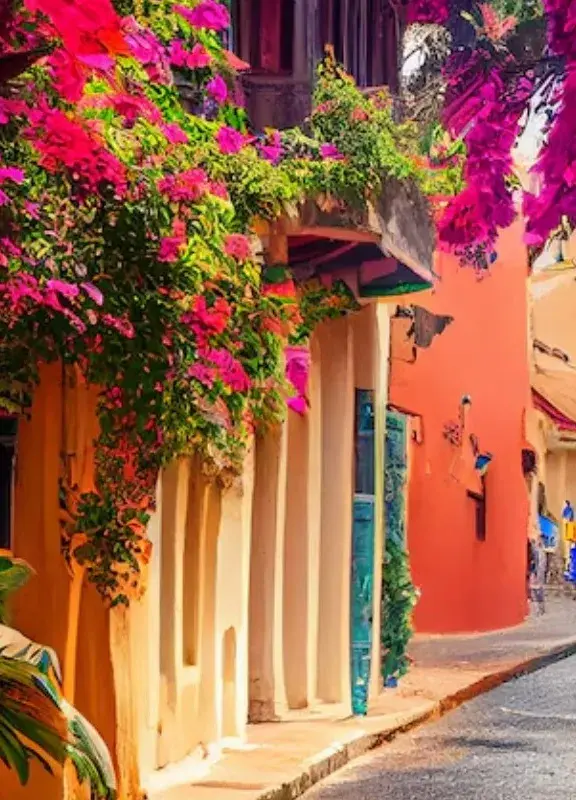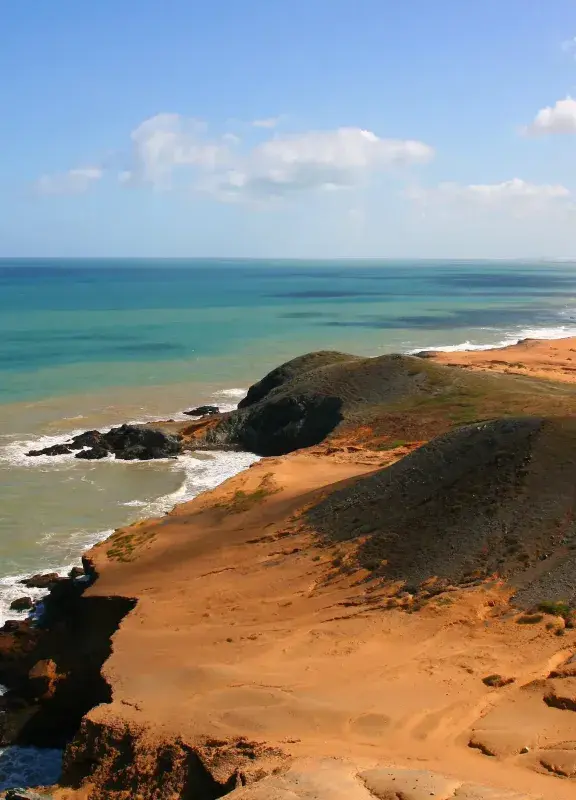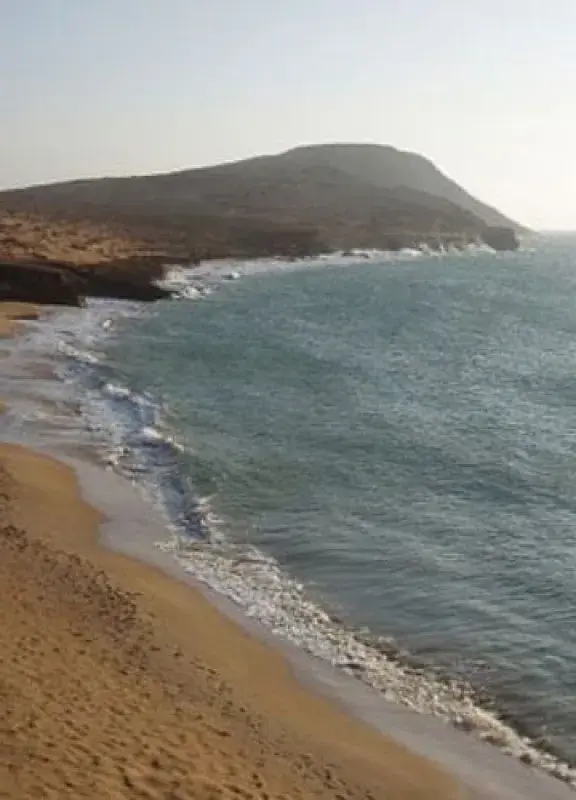Where to find the creatures that make Colombia famous
Colombia is filled with all manner of weird and wonderful animals and the secret is knowing where and when to look for them. Here is our guide:
Spectacled Bears
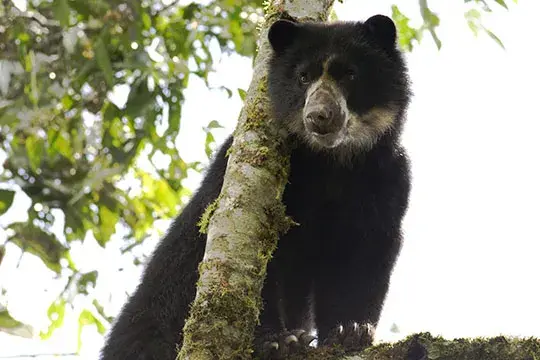
Photo: Santiago Ron (Flickr)
Spectacled bears, with their dark fur and white ringed eyes, are known for being shy but you can spot them in Purace National Park, near Popayan Serrania de los Churumbelos in south Colombia and in Chingaza National Park, near Bogota, among others.
Poison Dart Frogs
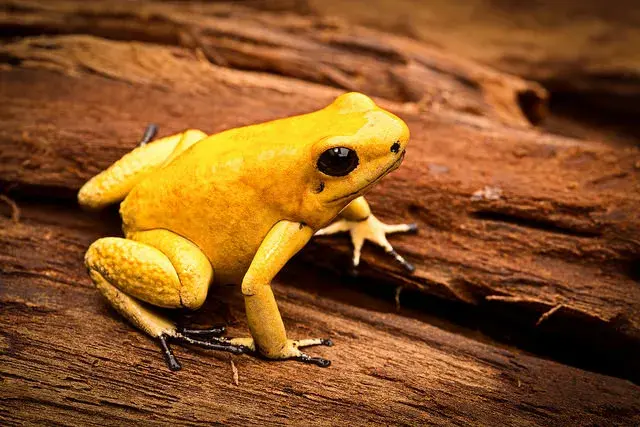
Photo: Lwp Kommunikáció (Flickr)
The golden poison dart frog is the world’s most poisonous animal with enough poison in its skin to kill up to twenty humans. You can study the frog safely if you are lucky enough to secure a visit to its protected reserve, the Rana Terribilis Reserve in Timbiqui, Cauca.
Condors
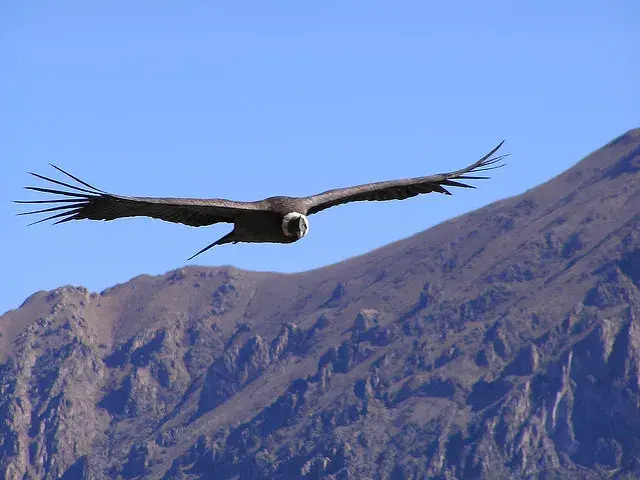
Photo: Ogwen (Flickr)
Condors are one of the world’s largest flying birds, with a wingspan of up to three meters (10 feet). The best place to see them is in Purace National Park, near Popayan, where a visiting pair inhabit a small hilltop.
Sharks
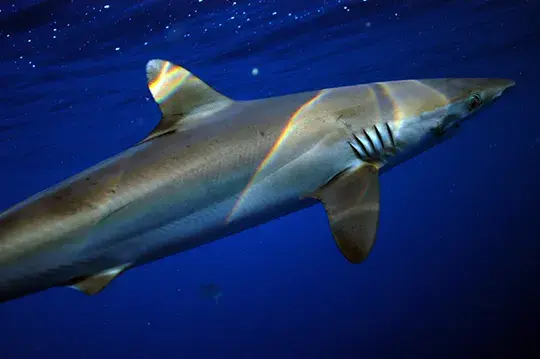
Photo: Lwp Kommunikáció (Flickr)
Divers flock to the small, uninhabited island of Malpelo, around 500km (310 miles) from Colombia’s Pacific coast, to see sharks including hammerheads, silky sharks and the rare smalltooth sand tiger.
Sloths

Photo: Michael Culbertson (Flickr)
Sloths are Colombia’s best loved animal, known for their slow pace of life and three distinctive toes. Visitors can spot sloths high in the trees of Colombia’s Amazon rainforest, with most tours beginning in the nearby city of Leticia.
Sea Turtles

Photo: Verino77 (Flickr)
Sea turtles crawl onto Colombia’s beaches every year to dig themselves a nest in the sand and lay their eggs. One of the best places to see this is at Estacion Septiembre, a turtle nesting sanctuary and research center in Choco.
Humpback Whales
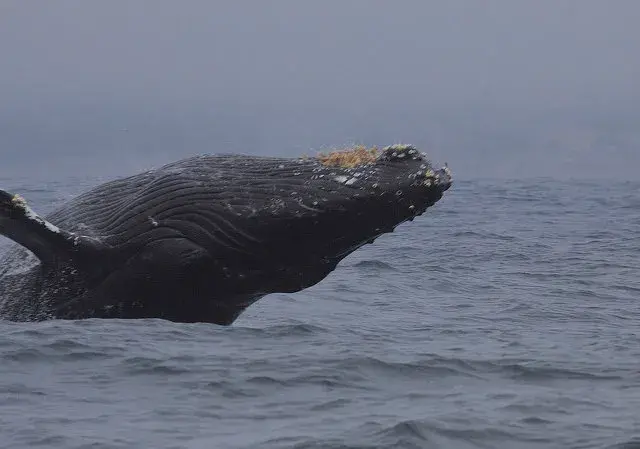
Photo: Gregory "Slobirdr" Smith (Flickr)
Humpback whales swim close to Colombia’s Pacific coast from July to September. Ensenada Natural Park in Utria is one of the best places to see them, because it surrounds a small inlet of water where they congregate.
Jaguars
Photo: Ivan David Gomez Arce (Flickr)
Jaguars are the largest cats in South America and have been spotted across Colombia, including in El Tuparro National Park in Vichada, Munchique National Park in Cauca, the Serrania de la Macarena in Meta and the Sierra Nevada de Santa Marta.
Blue Lizards
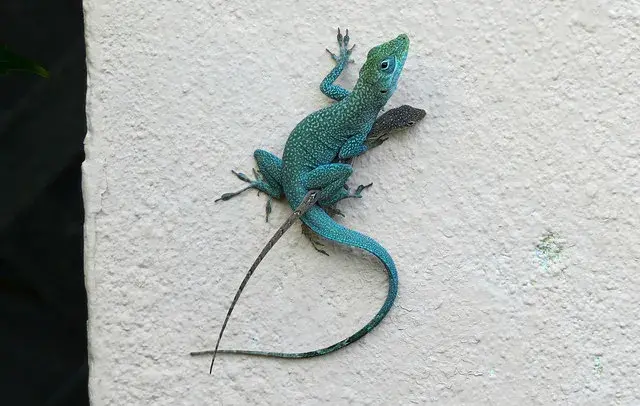
Photo: Goatling
The tiny blue anole is the world’s only pure blue lizard and is endemic to Gorgona Island, around 35km (22 miles) from Colombia’s Pacific coast. The island is a protected national park that is sometimes open to visitors.
Hummingbirds
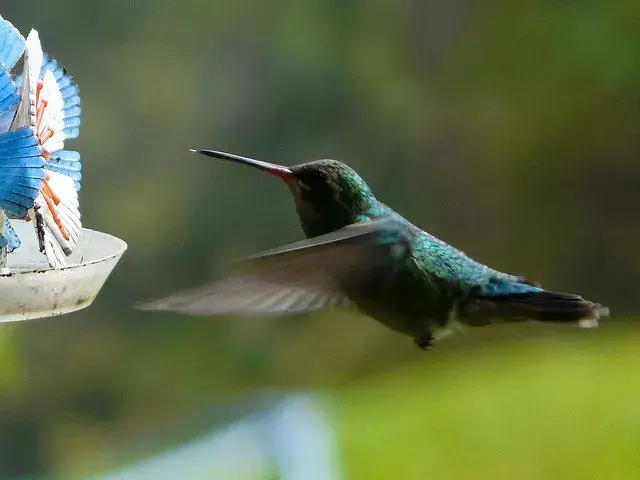
Photo: Romina Campos (Flickr)
Colombia is home to almost 200 different species of humming bird and they are found everywhere, from humid and sub-tropical forests to cities such as Bogota. The extensive Quindio Botanical Garden in Calarca is one of many excellent places to see them.
Crabs
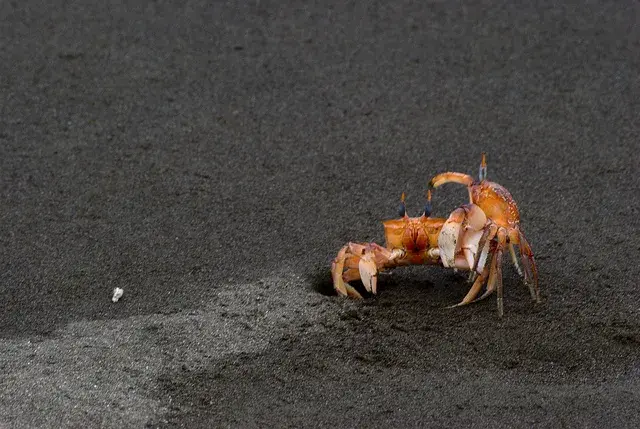
Photo: Luis Alejandro Bernal Romero
Once a year, for just two weeks, heavily pregnant black land crabs emerge from their holes on Providencia Island and head to the sea to deposit their eggs. It’s an incredible sight on an idyllic island that is well worth visiting.
Pink Dolphins
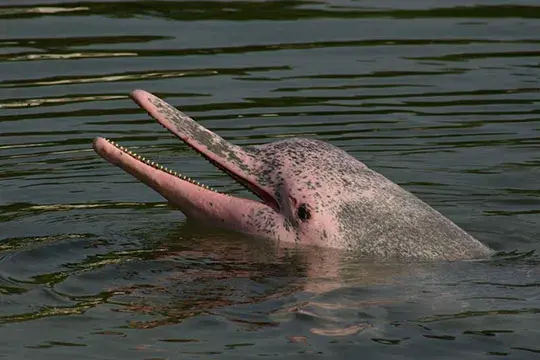
Chem7 (Flickr)
Delfín rosado Colombia’s pink freshwater dolphins grow up to 2.5m (8.2 ft) long and are the source of much myth and local lore. Many visitors take boat trips on the Amazon to see them, with tours beginning in Leticia and Puerto Nariño. Close encounters with curious animals? Live this experience in Colombia.
 Welcome, you are in
Welcome, you are in 




